10 Best Herbal Lotions For Leg Pain

Herbal lotions for leg pain are natural topical treatments that combine plant-based ingredients with soothing and anti-inflammatory properties to alleviate discomfort.
Common herbs used in these lotions include ginger, turmeric, chamomile, and eucalyptus, which are known for their pain-relieving and circulatory benefits. These lotions can help reduce swelling, improve blood flow, and ease muscle tension in the legs, making them a popular alternative to over-the-counter pain medications. They are often preferred by individuals seeking natural remedies with fewer side effects.
Regular application of herbal lotions may provide long-term relief for conditions such as restless leg syndrome, varicose veins, or muscle soreness.
FREE Herb Drying Checklist
How to make sure every batch retains maximum flavor, color, and aroma without the risk of mold or over-drying. Eliminate guesswork and trial-and-error, making herb drying faster, easier, and more efficient every time.
Table of Contents
1. Hypericum perforatum
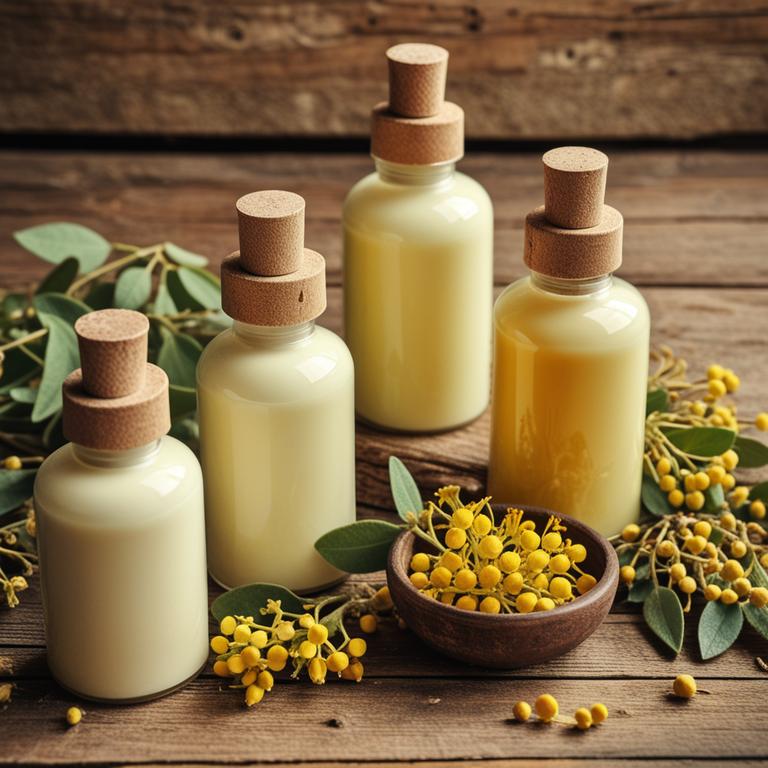
Hypericum perforatum, commonly known as St. John's Wort, is a traditional herbal remedy that has been used for centuries to alleviate various ailments, including pain and inflammation.
When formulated into a topical lotion, hypericum perforatum can provide targeted relief for leg pain, particularly associated with conditions like arthritis, muscle strains, or nerve-related discomfort. The active compounds in the herb, such as hyperforin and hypericin, are believed to possess anti-inflammatory, analgesic, and neuroprotective properties that contribute to its pain-relieving effects. Applying the lotion directly to the affected area can help reduce swelling and soothe irritation, offering a natural alternative to conventional pain medications.
However, it is important to consult a healthcare professional before use, especially if taking other medications, due to potential interactions and side effects.
2. Equisetum arvense
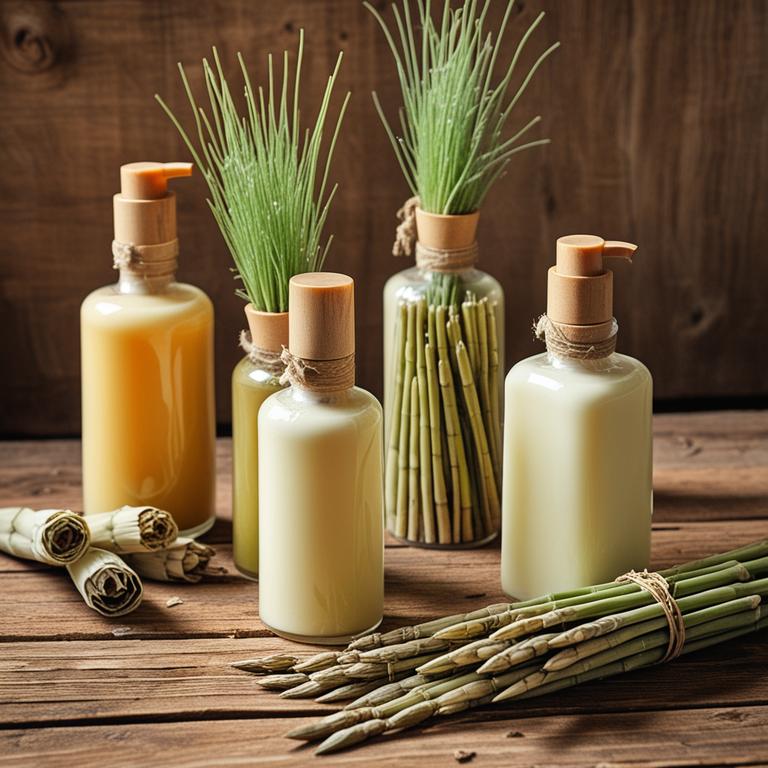
Equisetum arvense, commonly known as field horsetail, is a traditional herbal remedy that has been used for its potential anti-inflammatory and pain-relieving properties.
Herbal lotions made from equisetum arvense are often applied topically to the legs to alleviate discomfort associated with conditions like arthritis, varicose veins, and muscle soreness. These lotions are believed to improve circulation and reduce swelling due to the plant's high concentration of silica and other bioactive compounds. The application of equisetum arvense lotion may provide a soothing effect, helping to ease leg pain and promote overall leg health.
However, it is advisable to consult a healthcare professional before using such remedies, especially if you have sensitive skin or existing medical conditions.
3. Achillea millefolium
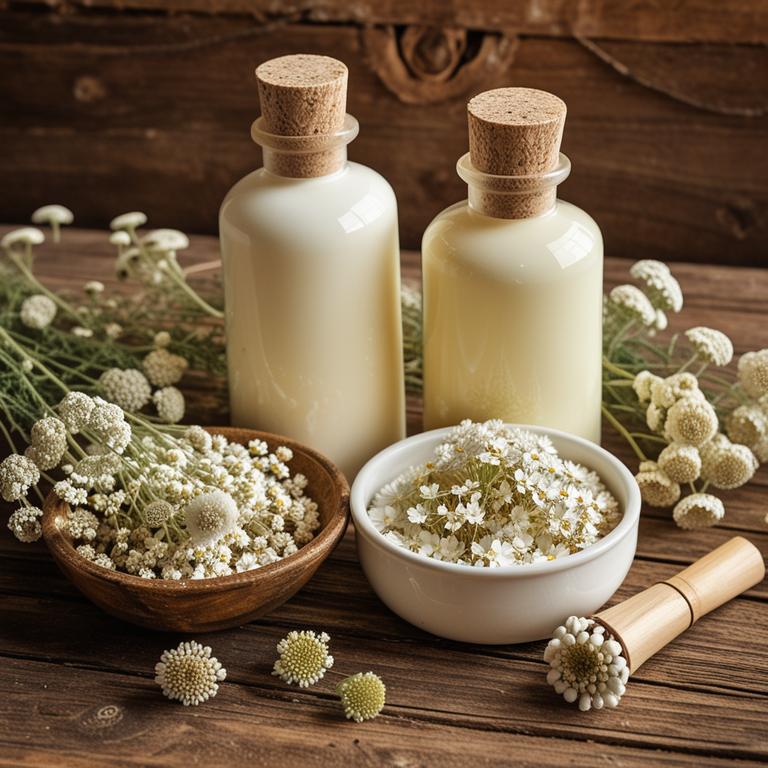
Achillea millefolium, commonly known as yarrow, has been traditionally used for its anti-inflammatory and pain-relieving properties, making it a popular ingredient in herbal lotions for leg pain.
These lotions typically combine yarrow extract with other soothing botanicals like chamomile and calendula to enhance their effectiveness in reducing swelling and discomfort. When applied topically, the active compounds in achillea millefolium can help alleviate symptoms associated with conditions such as varicose veins, muscle soreness, and minor injuries. Many users report improved circulation and a reduction in leg pain after regular use of these natural remedies.
However, it is important to consult a healthcare professional before using yarrow-based products, especially for those with allergies or existing medical conditions.
4. Arnica montana
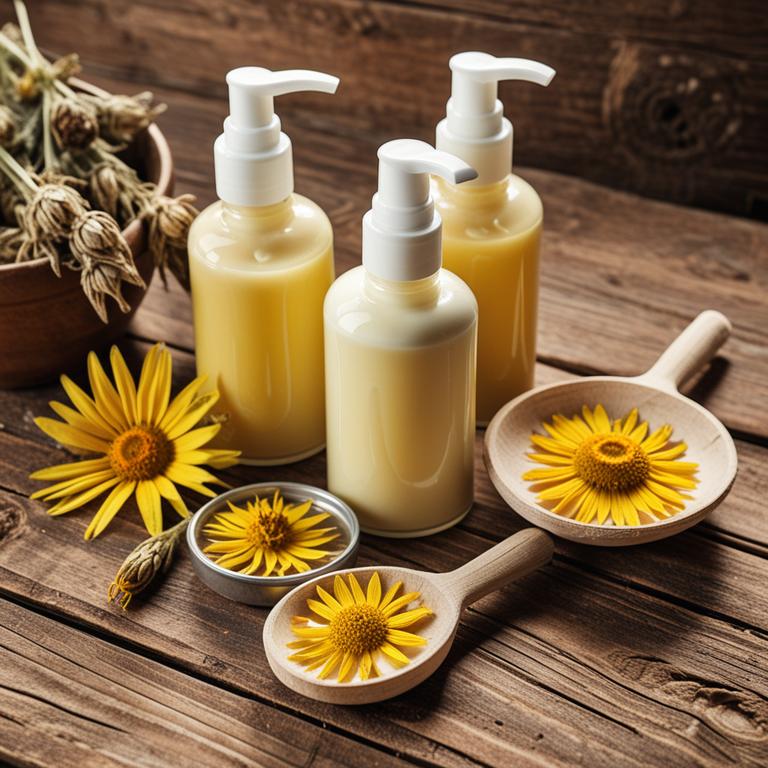
Arnica montana herbal lotions are commonly used to alleviate leg pain, particularly from conditions like muscle strains, sprains, or general discomfort.
These lotions typically contain arnica extract, which is believed to have anti-inflammatory and analgesic properties that help reduce swelling and ease pain. When applied topically, the herbal ingredients penetrate the skin to promote circulation and support the body's natural healing process. Many people find relief from persistent leg pain by using arnica montana lotions regularly, though it is important to follow the manufacturer's instructions and consult a healthcare professional if symptoms persist.
While generally safe for external use, some individuals may experience skin irritation, so a patch test is recommended before full application.
5. Vitex agnus-castus
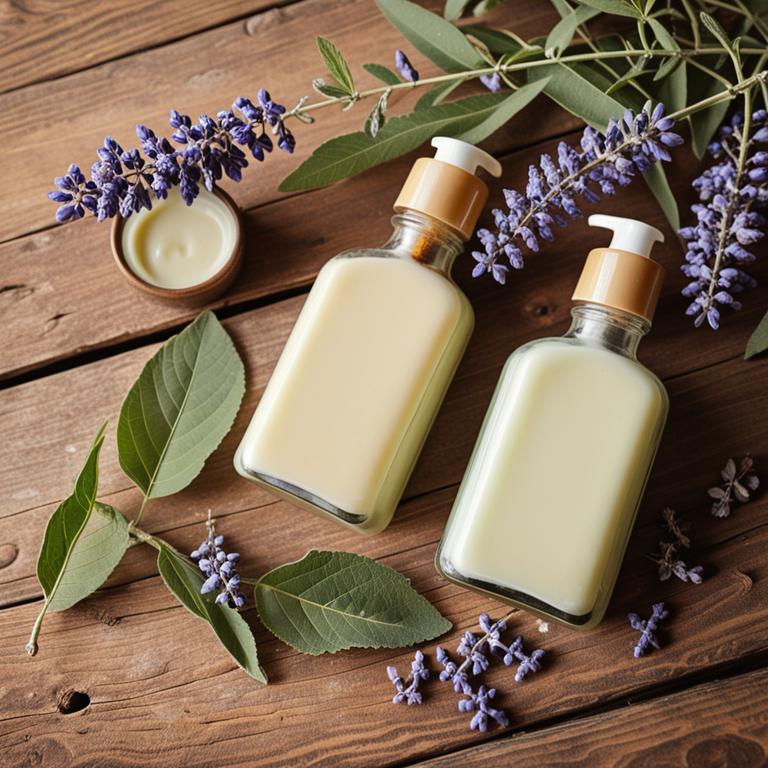
Vitex agnus-castus, commonly known as chaste tree, has been traditionally used in herbal medicine for its potential soothing and anti-inflammatory properties.
Herbal lotions containing vitex agnus-castus are often applied topically to alleviate leg pain, particularly in cases of muscle strain, varicose veins, or mild inflammation. These lotions may help improve circulation and reduce swelling, offering a natural alternative for those seeking relief without harsh chemicals. While scientific evidence supporting its efficacy for leg pain is limited, many users report a calming effect and reduced discomfort.
As with any herbal remedy, it is advisable to consult a healthcare professional before use, especially for those with existing medical conditions or who are pregnant.
6. Cnicus benedictus
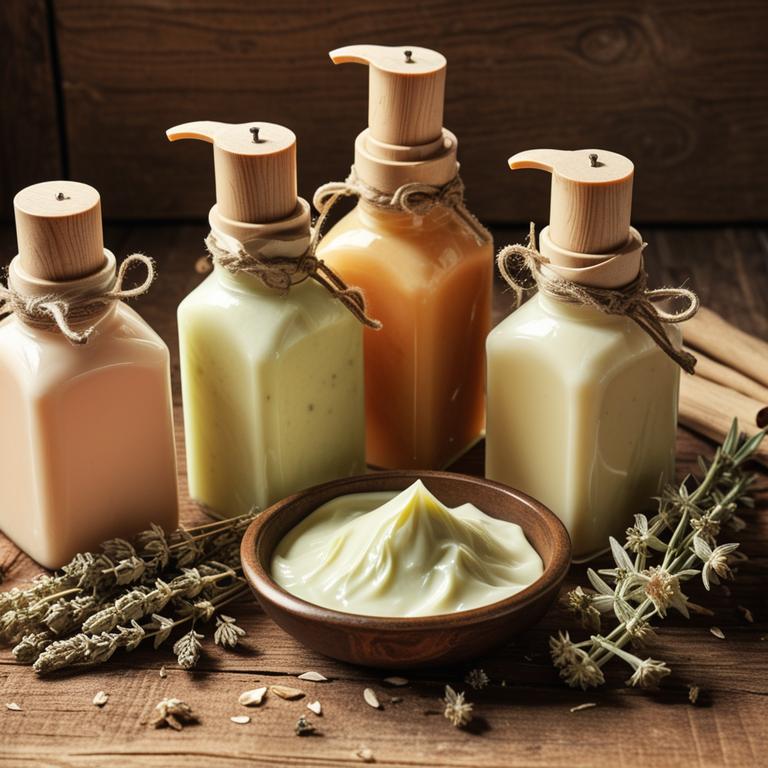
Cnicus benedictus, also known as blessed thorn, is a traditional herbal remedy that has been used for centuries to alleviate leg pain and improve circulation.
Herbal lotions made from this plant contain compounds that may help reduce inflammation and soothe muscle aches, making them beneficial for conditions like varicose veins and restless leg syndrome. These lotions are typically applied topically to the affected areas, allowing the active ingredients to penetrate the skin and provide localized relief. While scientific evidence supporting its efficacy is limited, many users report improved comfort and reduced discomfort when using Cnicus benedictus herbal lotions regularly.
As with any herbal treatment, it is advisable to consult a healthcare professional before use, especially for those with underlying health conditions or taking other medications.
7. Urtica dioica
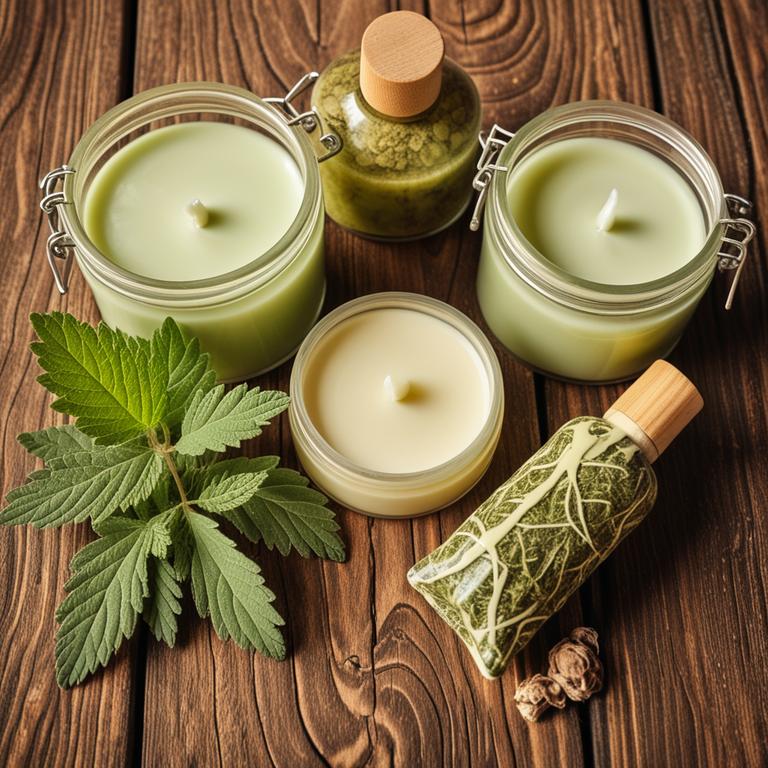
Urtica dioica, commonly known as stinging nettle, is a potent herb that has been traditionally used to alleviate various types of pain, including leg pain.
When formulated into a herbal lotion, it can provide a cooling and soothing effect on the skin, helping to reduce inflammation and discomfort. The active compounds in stinging nettle, such as silica, flavonoids, and antioxidants, are believed to support tissue repair and enhance circulation, which can be beneficial for individuals suffering from conditions like varicose veins or muscle soreness. Applying a urtica dioica herbal lotion topically can offer a natural alternative to conventional pain relievers, with minimal side effects when used as directed.
However, it is important to perform a patch test and consult with a healthcare professional before incorporating this remedy into a pain management routine.
8. Symphytum officinale
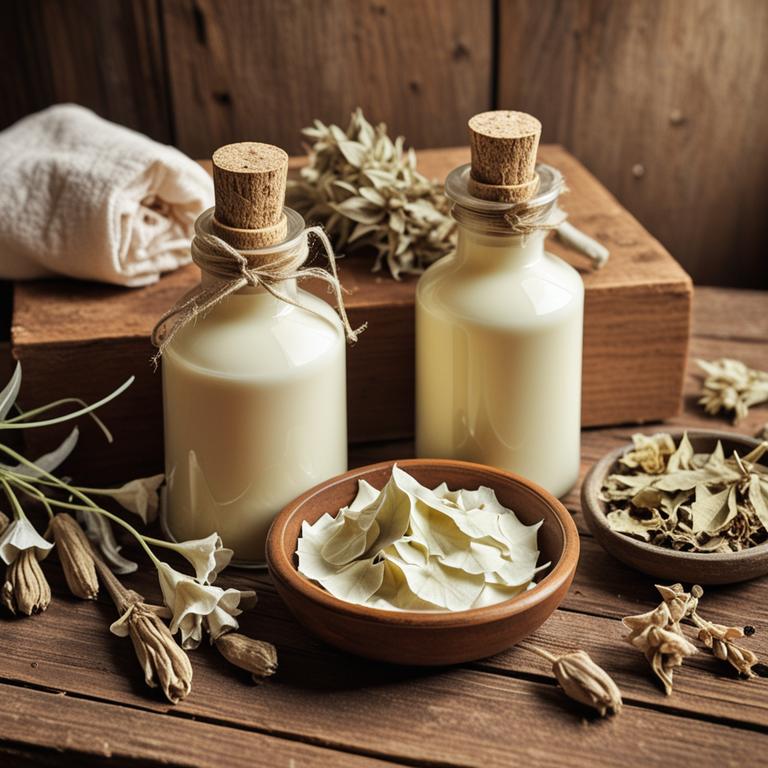
Symphytum officinale, commonly known as comfrey, is a traditional herbal plant often used in the formulation of herbal lotions to alleviate leg pain.
These lotions are typically applied topically to the affected areas and are believed to promote healing by reducing inflammation and improving circulation. The active compounds in comfrey, such as allantoin and rosmarinic acid, are thought to support tissue repair and reduce discomfort. However, due to the potential risk of liver toxicity, it is important to use these products under the guidance of a healthcare professional.
Despite the caution, many users report relief from conditions such as muscle strains, sprains, and arthritis in the legs when using comfrey-based herbal lotions.
9. Rhus toxicodendron
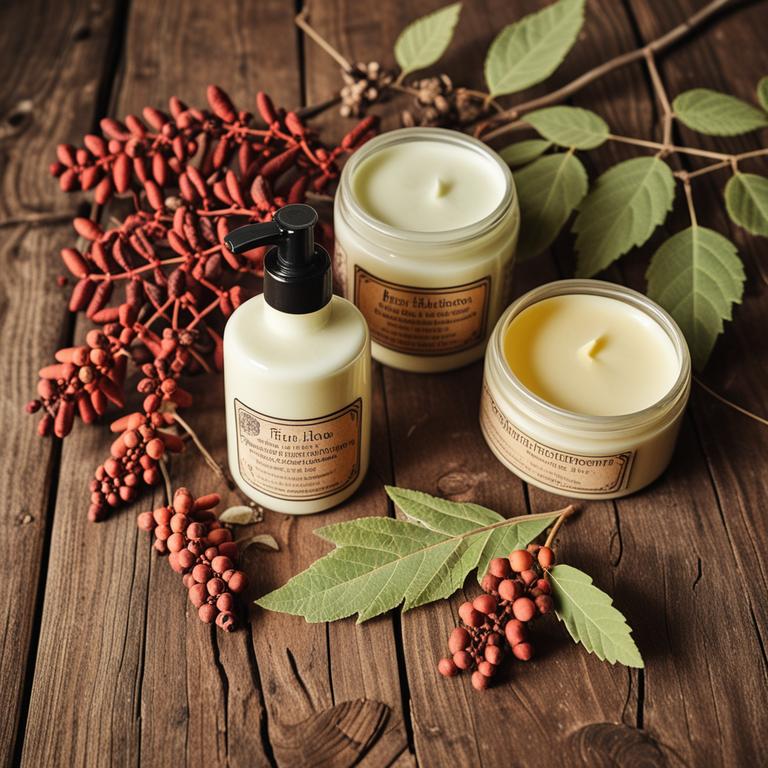
Rhus Toxicodendron, also known as poison ivy, is a herbal remedy often used in homeopathic treatments for its potential anti-inflammatory and pain-relieving properties.
When formulated into a topical lotion, Rhus Toxicodendron may help alleviate leg pain associated with conditions like arthritis, muscle strain, or nerve-related discomfort. The lotion is typically applied directly to the affected area, allowing the active ingredients to penetrate the skin and provide localized relief. Its effectiveness is believed to stem from its ability to reduce swelling and ease discomfort by stimulating the body's natural healing processes.
However, it is important to consult a healthcare professional before use, especially if you have a known allergy or are taking other medications.
10. Lavandula angustifolia
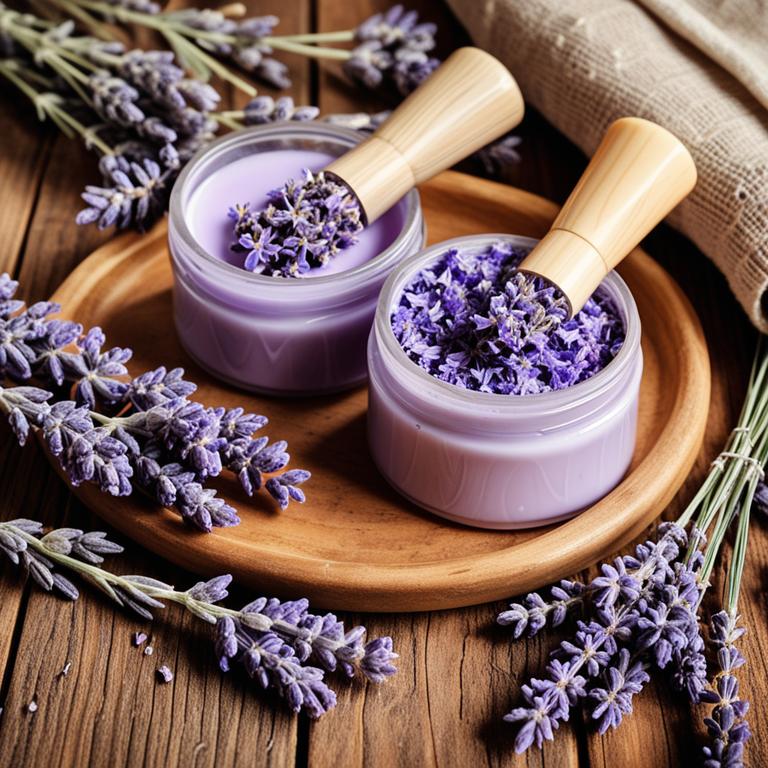
Lavandula angustifolia, commonly known as English lavender, is often incorporated into herbal lotions for its soothing and anti-inflammatory properties.
These lotions are particularly beneficial for alleviating leg pain caused by conditions such as arthritis, muscle strains, or varicose veins. The essential oils in lavender are known to promote relaxation and reduce muscle tension, making them effective for relieving discomfort in the legs. When applied topically, lavender-infused lotions can help improve circulation and ease stiffness, offering a natural alternative to conventional pain relievers.
Regular use of these herbal lotions may provide long-term relief and support overall leg health when combined with other therapeutic practices.